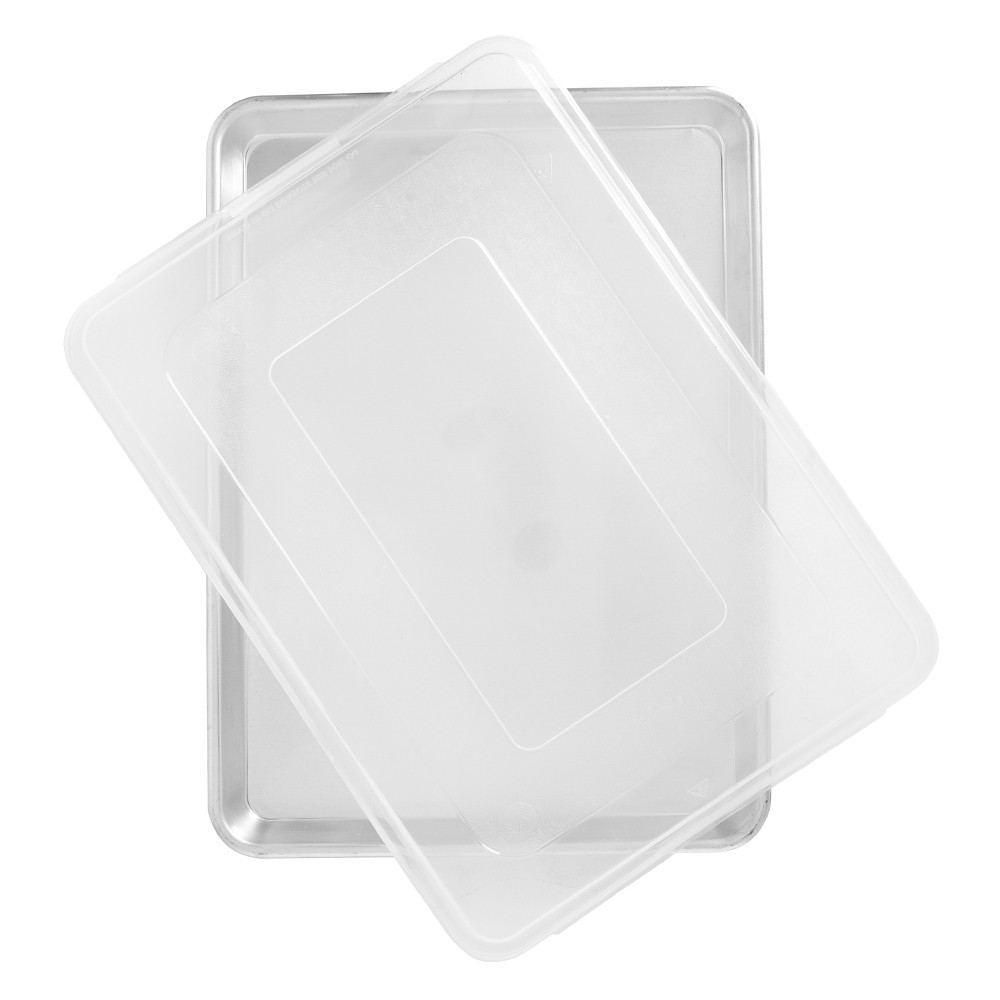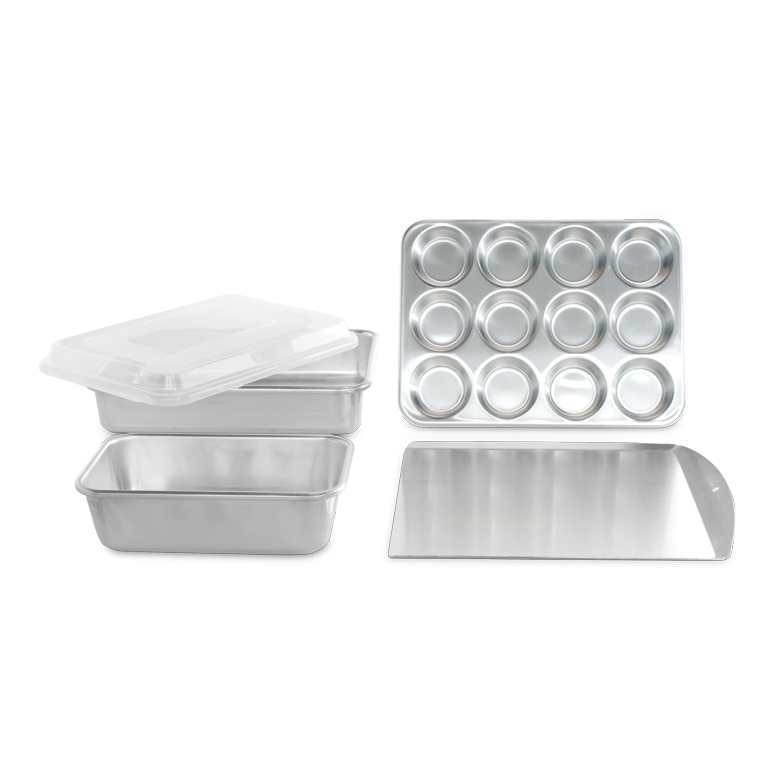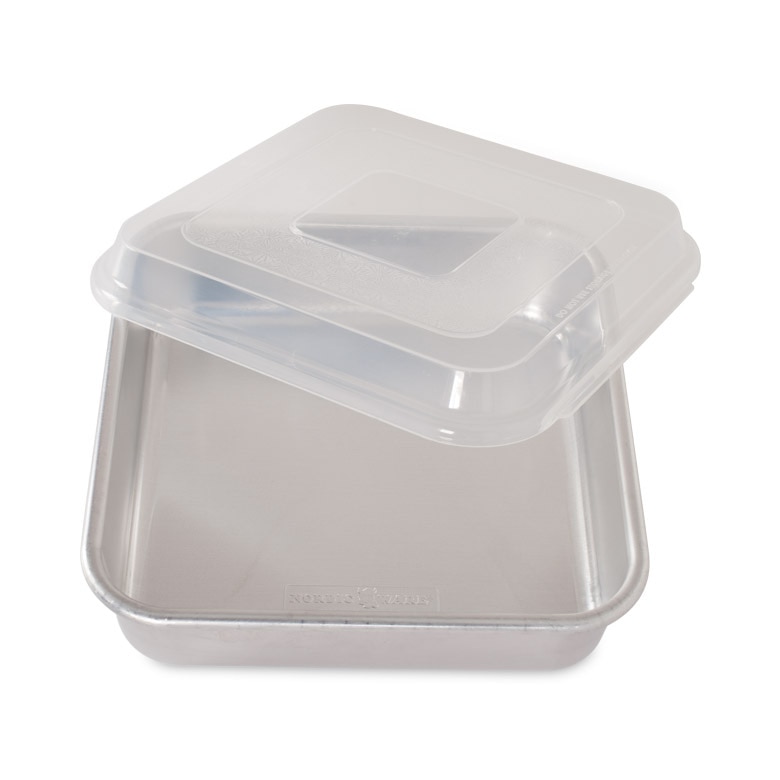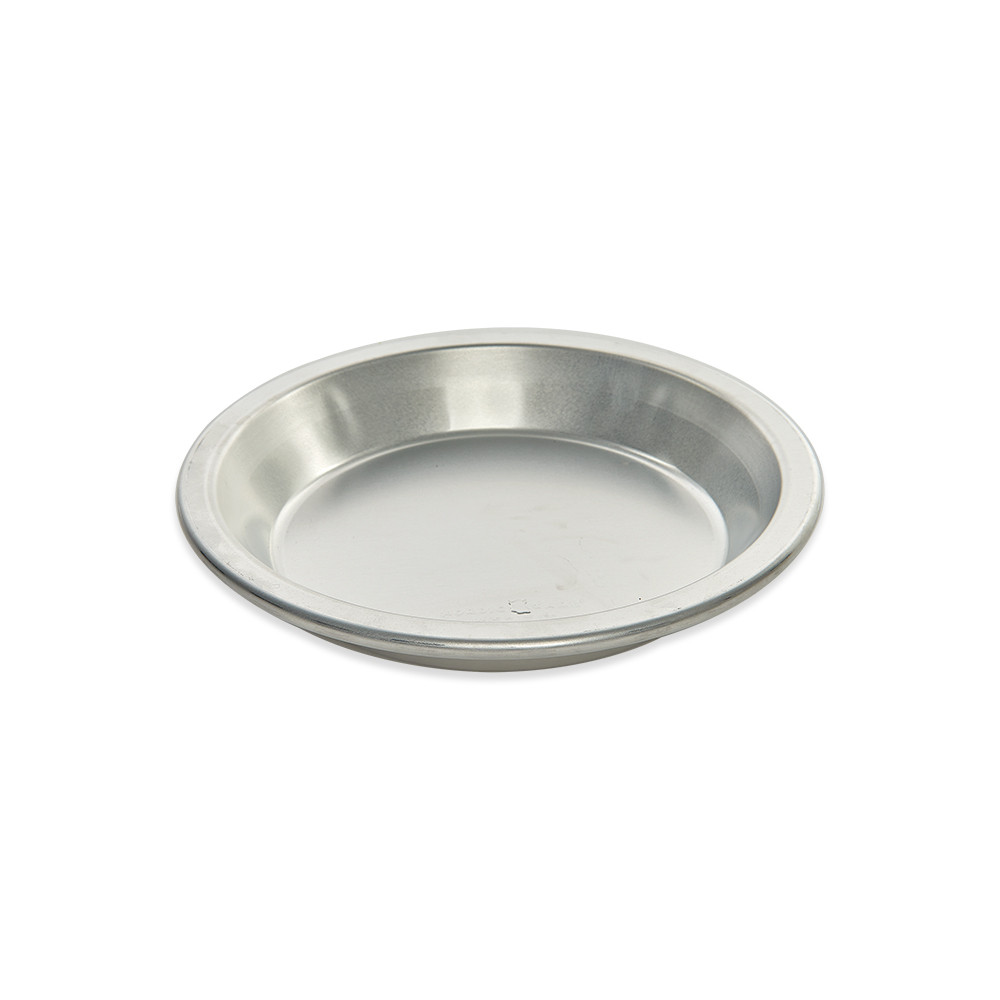Which Bakeware is Right for You: Metal or Glass?
It’s an age-old question: Does metal or glass create the best baking results? It seems as if everyone has their own right answer and likes to do things their own way. But, it turns out that, thanks to science, there are some hard facts about baking in glass versus baking in metal. Each has their own strong points and uses, but understanding the breakdown can give you a bit more insight into which baking option is perfect for the task at hand.
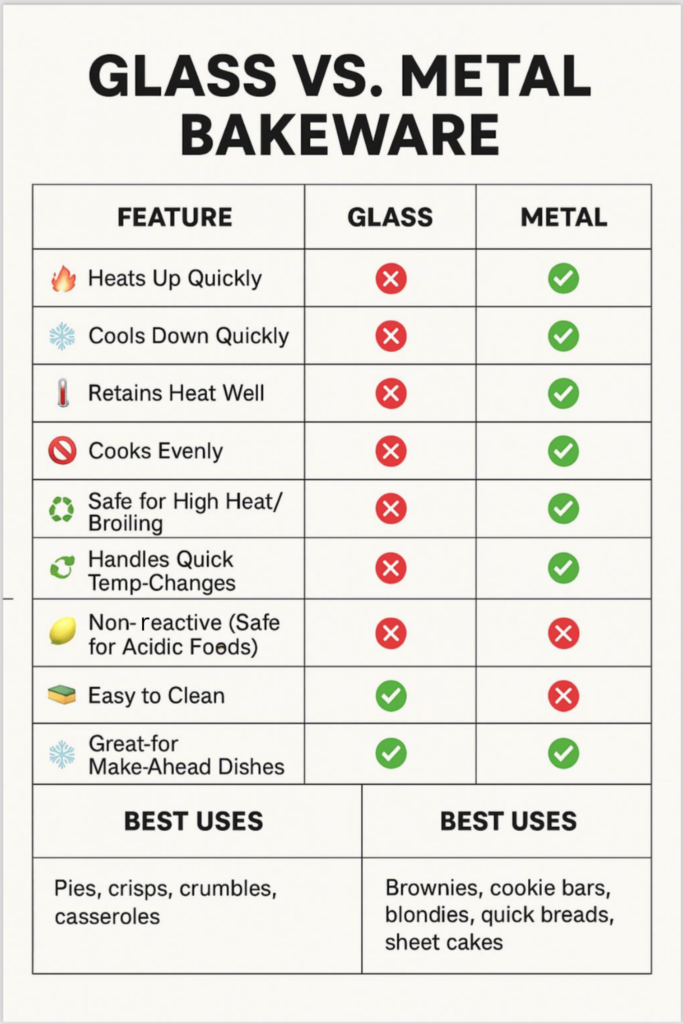
The Pros and Cons of Baking in Glass
While glass is fine to bake in, especially if it’s the only thing you have on hand, it isn’t actually the best type of vessel to produce those delicious, crispy cookies or a crust that is perfectly set.
The Pros:
- Retains heat longer than metal bakeware, so food stays warmer for longer
- Non-reactive, so better for fruit tarts, cobblers, etc.
- Easy to clean
The Cons:
- Can’t withstand high heat (like broiling)
- Takes longer to heat up
- Sides and bottom heat up first, which can lead to uneven cooking
- Does not allow for quick temperature transitions (ex: Straight from the oven to the fridge)
When is Glass Bakeware OK to Use?
There are some instances in which glass is just fine! Some of these include pies, crisps and crumbles. Cooking? Glass is also great for a casserole
The Pros and Cons of Baking In Metal
Metal, on the other hand, is the top choice when looking for baked goods that will impress just about anyone – and taste good, too!
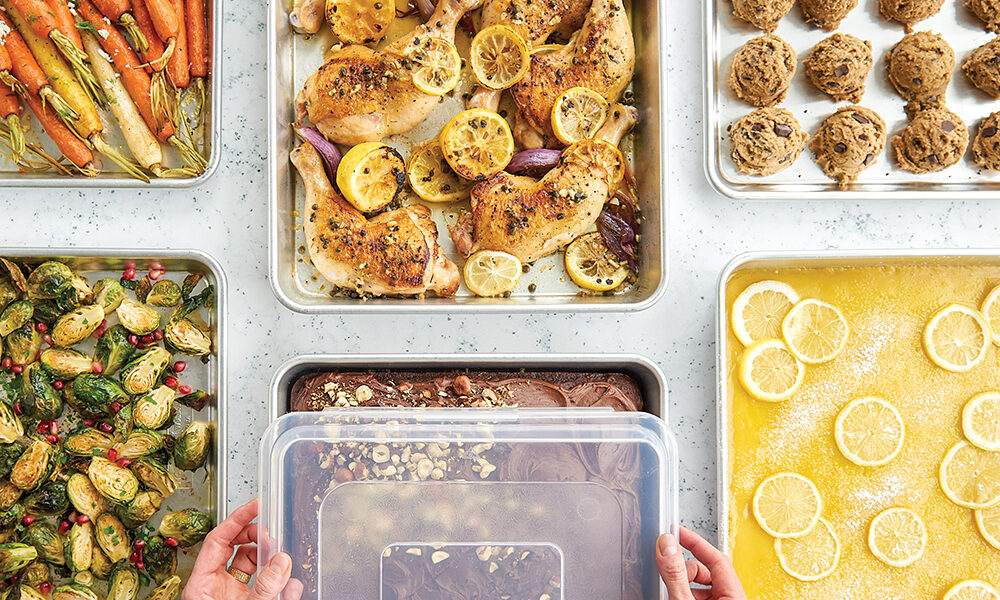
The Pros:
- More even temperature, ensuring baked goods cook more evenly
- Heats up quickly
- Cools down with ease
- Lighter/easier to handle in the kitchen
The Cons:
- Reacts to acidic foods
- Can be hard to clean
Note: Although not so much a con, being aware of the color of a metal pan is a must. Look for a high-quality aluminum metal pan for best results, as metal pan color can also have an impact on results – for example, darker colored metal pans heat faster than lighter ones and can sway results.
When Is Metal Bakeware OK to Use?
Metal pans are a great choice to bake brownies, cookie bars, blondies, quick breads, and sheet cakes.


